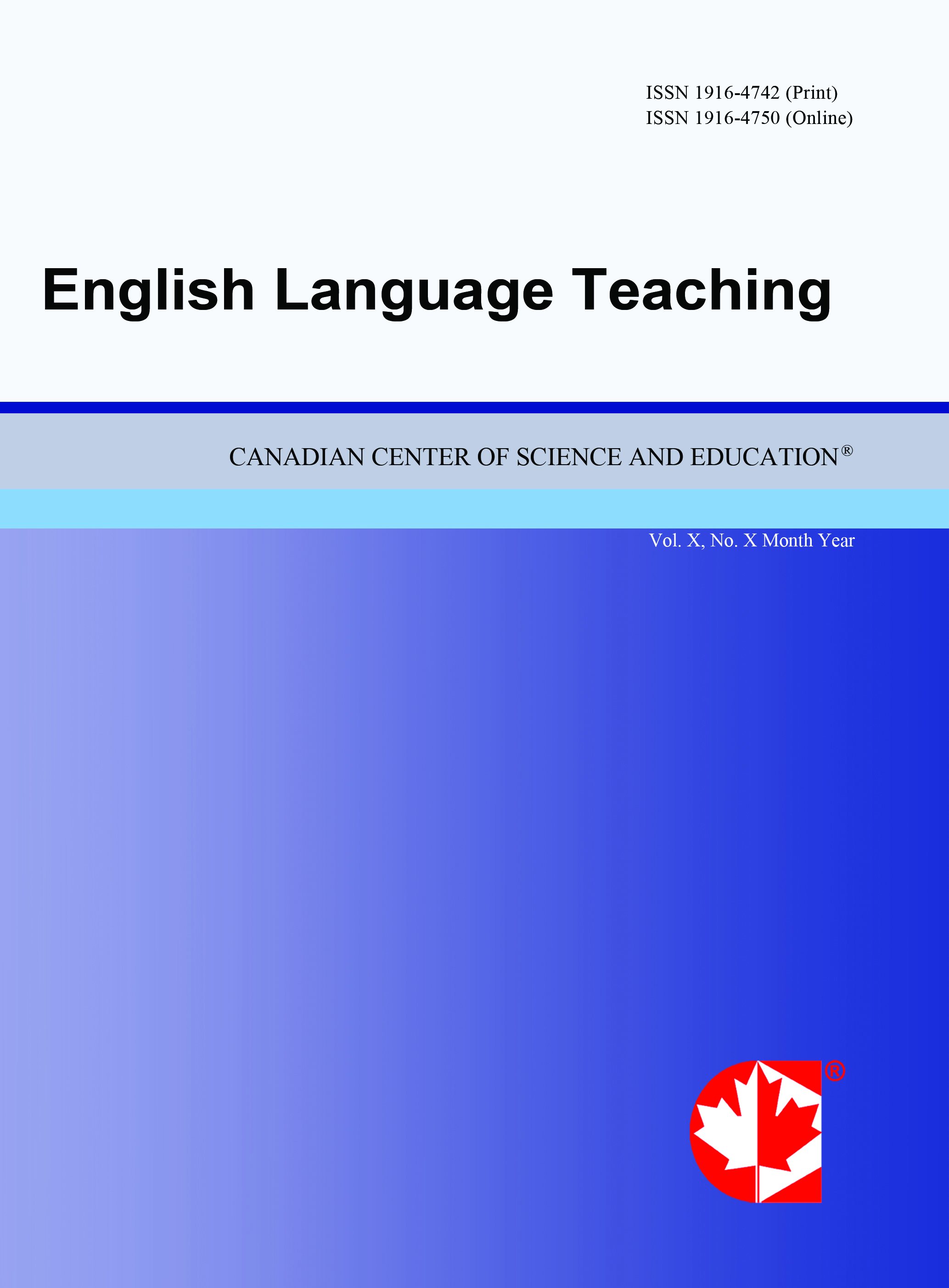Choice-Making in Rendering Culture-Bound Elements in Literary Translation: A Case Study on the English Translation of "A Soul Is a Wind"
- SONG Meihua
Abstract
How to render culture-bound elements into a foreign language remains one of the most challenging tasks for all translators, especially, when the source text is a literary one. To retain the aesthetic effects and other stylistic features of importance, some argue that choice can be made from either domestication or foreignization with foreignization being more encouraged for the sake of preserving the foreignness of the original text. This article is a case study of the translator’s (author of this article) conscious choice-making in rendering culture-bound elements in her tentative Chinese-to-English translation of "A Soul Is a Wind", a documentary literary work on Tibetan culture and life by a famous Chinese writer Ma Lihua. Based on Sperber and Wilson’s Relevance Thoery and some of the translator’s previous studies, optimal foreignization is proposed for the rendition of culture-bound elements by analyzing the dynamic cognitive nature of the target reader in text processing and terming “strategy” in a broad sense. In the tentative translation, optimal foreignizaiton is a strategy the trasnlator consciously adopts as an overall guidance for her subsequent choice-making in rendering different categories of culture-bound elements. By reflecting upon her decision-making involved in translating the culture-bound elements, the translator makes decisions in the layers of meaning, structure, function, image, and music, and sometimes image or music might go before meaning in the translator’s decision-making as long as the meaning is processible.
- Full Text:
 PDF
PDF
- DOI:10.5539/elt.v7n10p13
Journal Metrics
1. Citations (February 2025): 97751
2. h-index (February 2025): 132
3. i10-index (February 2025): 1695
For details about the Journal Metrics, please visit the Google Scholar website.
Index
- Academic Journals Database
- CNKI Scholar
- Educational Research Abstracts
- Elektronische Zeitschriftenbibliothek (EZB)
- EuroPub Database
- Excellence in Research for Australia (ERA)
- GETIT@YALE (Yale University Library)
- Harvard Library E-Journals
- IBZ Online
- INDEX ISLAMICUS
- JournalSeek
- JournalTOCs
- LearnTechLib
- Linguistics Abstracts Online
- LOCKSS
- MIAR
- MLA International Bibliography
- NewJour
- Open J-Gate
- PKP Open Archives Harvester
- Publons
- ResearchGate
- ROAD
- SHERPA/RoMEO
- Standard Periodical Directory
- Technische Informationsbibliothek (TIB)
- The Keepers Registry
- Ulrich's
- Universe Digital Library
Contact
- Gavin YuEditorial Assistant
- elt@ccsenet.org
